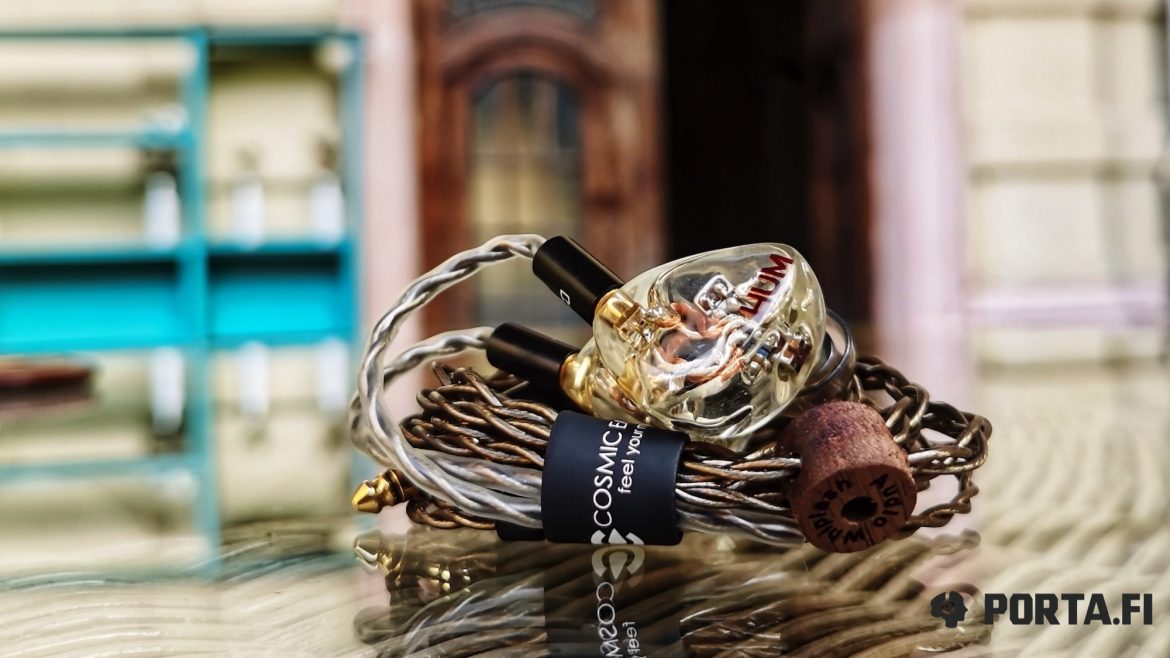I’ve heard about HUM brand long before from my colleagues and friends, but have never had a chance to try this brand products properly.
With that said, I knew the brand exists, knew about its concepts and that’s probably all, given that the brand is not very well known and it is hard to find its products apart from taking them from the owners directly.

But the same way I explore unknown music or band, I have managed to come to it at last. Sometimes bands seem to exist and I think that it’s a pity I can’t attend the show. Luckily it is not the case with HUM.
Concept and assortment
On the official website there is a very short story about the company. It says the brand goes the minimalistic way. Less components, less imprecisions, less messing with the sound. Yes, there is such approach to the sound — maximally short path of the signal. Many brands choose this path, and everything is instantly in place.
All company models are not full of drivers, really. The most number of drivers is in their top model — HUM Dolores. The most is exactly 3. By the way, there are not too many models in the lineup. Apart from still relevant Dolores and Pristine the company also has “budget” ТТ and another model — Reference Monitor. 4 models, in all. Dolores is the top. It costs “from $1699” on the website. Why from? It’s because the custom variant will be $100 more. Traditionally, I have stayed with universal variant. They have cost $200 less recently, but now it is not the case. By the way, this model is couple of years old. Apart from that the company has a little headphone amp MA-1B, as well as various cables.
But today we will speak about HUM Dolores.
Accessories and packaging
Since I’ve bought IEMS second hand, I can’t say much on the matter. I’ve got headphones, HUM Tara copper cable that is available as a separate purchase and Pelican 1010 case with large company logo on the top of it. There’ve also been ear tips in box — three pairs of silicone ones with red insides.
Apart from that — IEMS, cable and pouch, as well as cleaning tool. Everything audiophile needs.
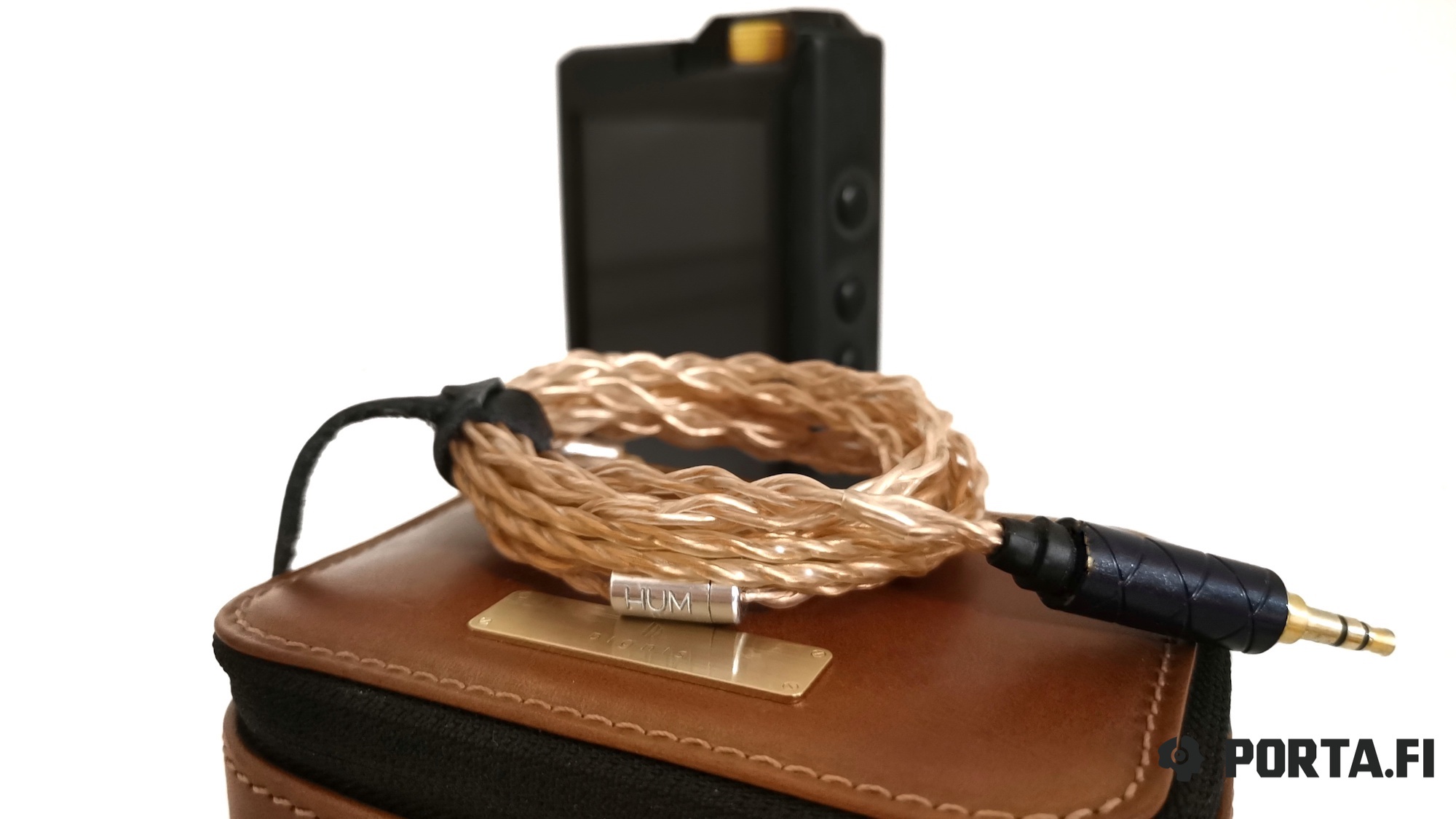
Case
The case is well known, so I won’t speak too much about it. I don’t know if it’s possible to choose color, but I’ve got red one. Very deep and saturated color. Of course, I would have preferred black or some other variant, but it looks interesting and impressive.
Inside, on its lower part, there is a silicone insertion to prevent hard hits for IEMs. There is no such thing on the upper part unfortunately. And also, it’s big. I mean, the headphones are much smaller than the case insides and there is too much spare space. Cable is not too bulky as well. Of course, if you use a custom one it might be larger. And again, there will be plenty of spare space. This means that the IEMs travel freely inside the case, just like dice in the glass.
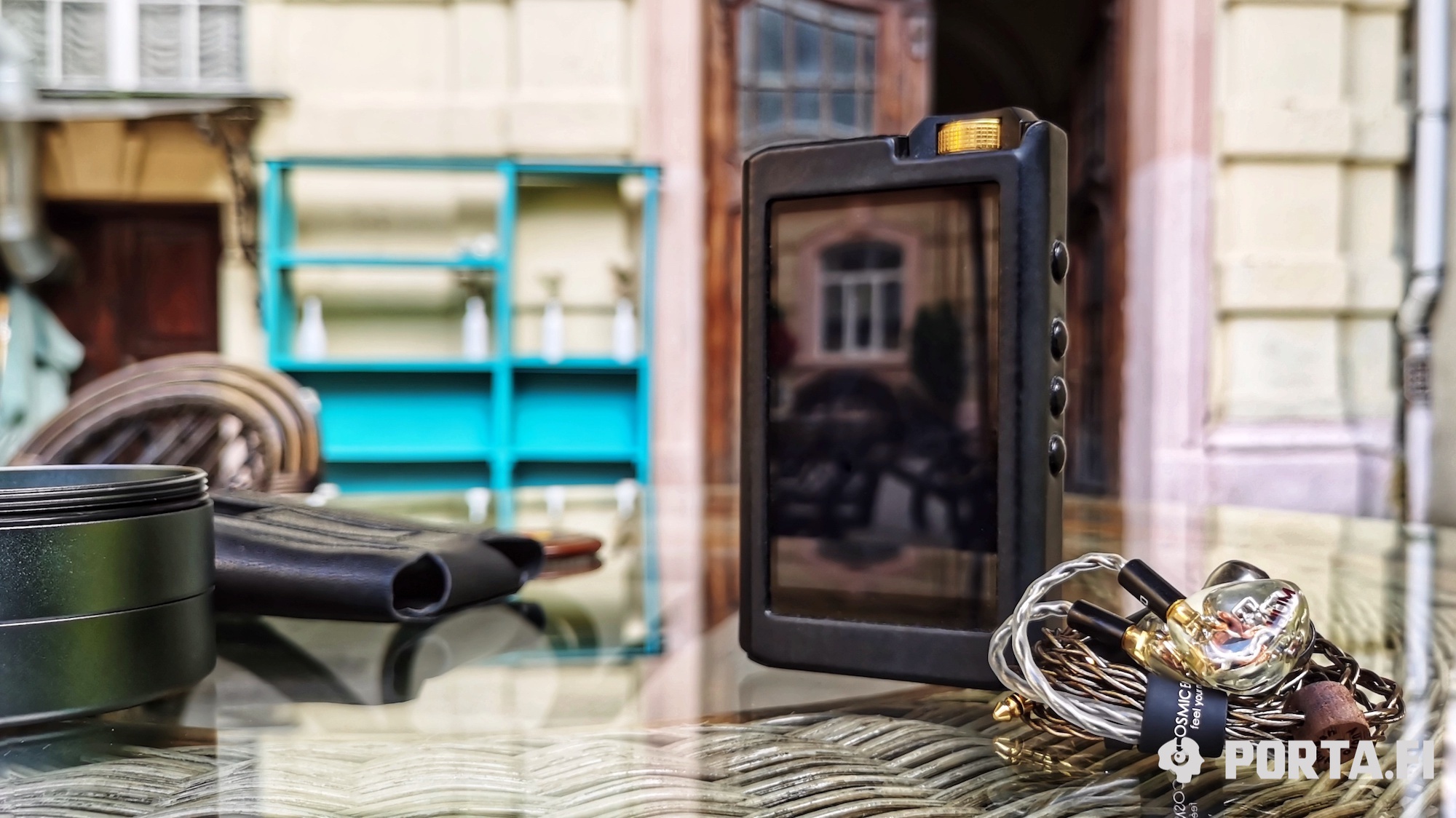
I would prefer to get separate small pouches to each earpiece, like CA and Van Nuys do, it’s convenient.
Apart from that, yes, the case is large, but it’s never meant to be portable. It fits into any bag pretty well and also has ability to be attached to the bag from the outside.
Cable
The stock cable is named HUM Tara. It’s made of copper in transparent coating. It’s rather thin when compared to modern audiophile cables and moderately soft. Well, it’s not very stiff, but I clearly have softer cables. It has an interesting jack with diagonal grill-like ornament. The connectors from the earpiece side are very small. To be honest, I’ve never seen smaller ones. And they are made of metal.
Apart from that there is a slider to fix needed length. The cable is over-the-ear style and has almost no microphonic effect, especially due the pre-formed ear hooks.
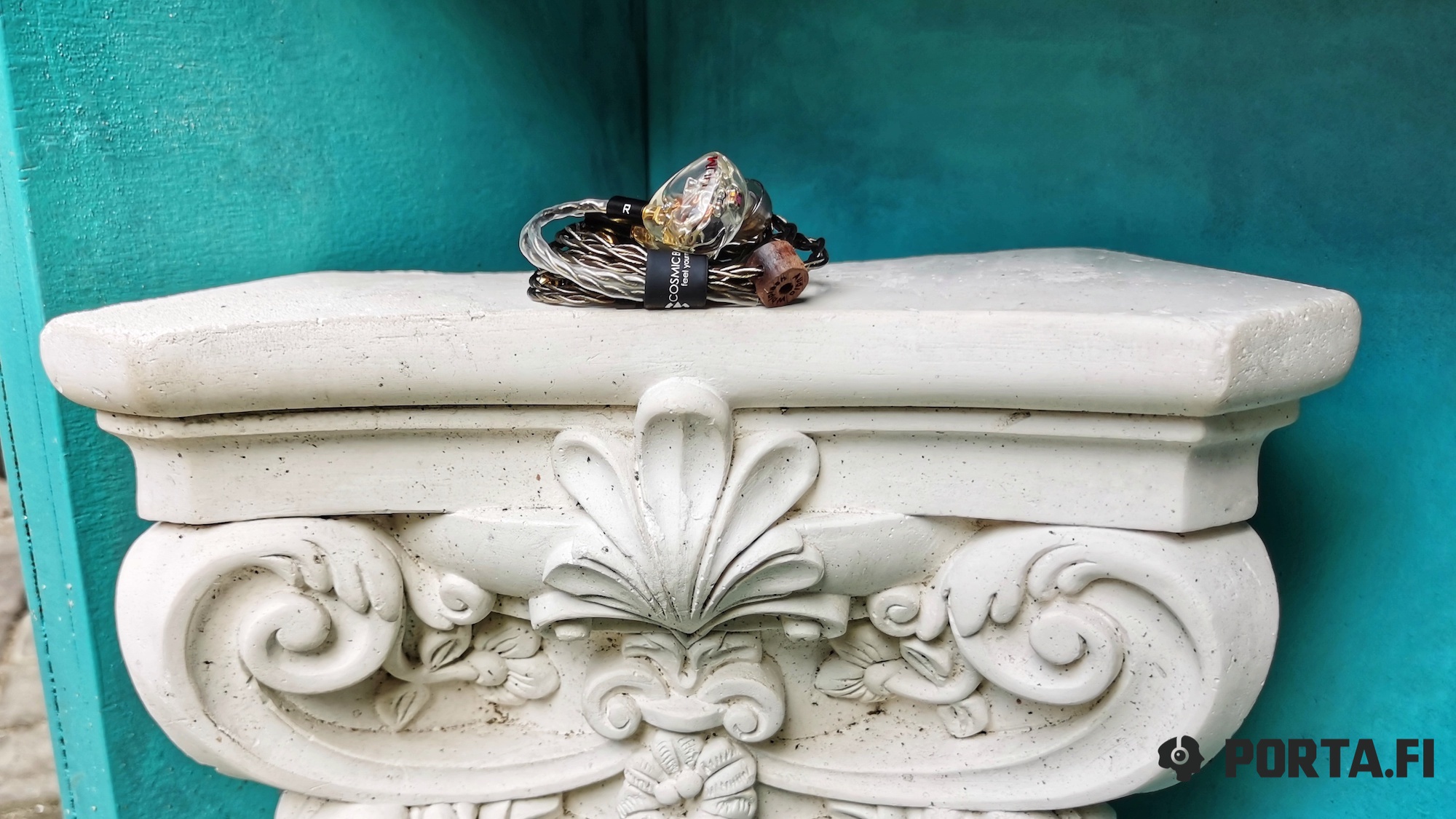
The cable has MMCX connectors. They are very standard without any unexpected things. You may choose suited variant during the order, where apart from MMCX there is a 2-pin variant. I preferred MMCX and have never found any problems with sockets. I should say that the headphones I’ve bought are already 1 year old, so they are time-tested.
Also I’ve got 3.5mm cable, but it’s possible to choose 4.4mm during the order process.
The used material is 4.4 litz of 99.99% purity, 60 cores of 0.1mm thickness. But don’t panic. The figures are real without the marketing. The braiding is quite usual, not too tight until the splitter (which is compact and made of metal), and usual spiral on the top of it.
The cable can be purchased separately for $199. Of course, currently the headphones of this price range may have a better cable, but let’s avoid nitpicking, especially given that its their own development and the price is without marketing additions.
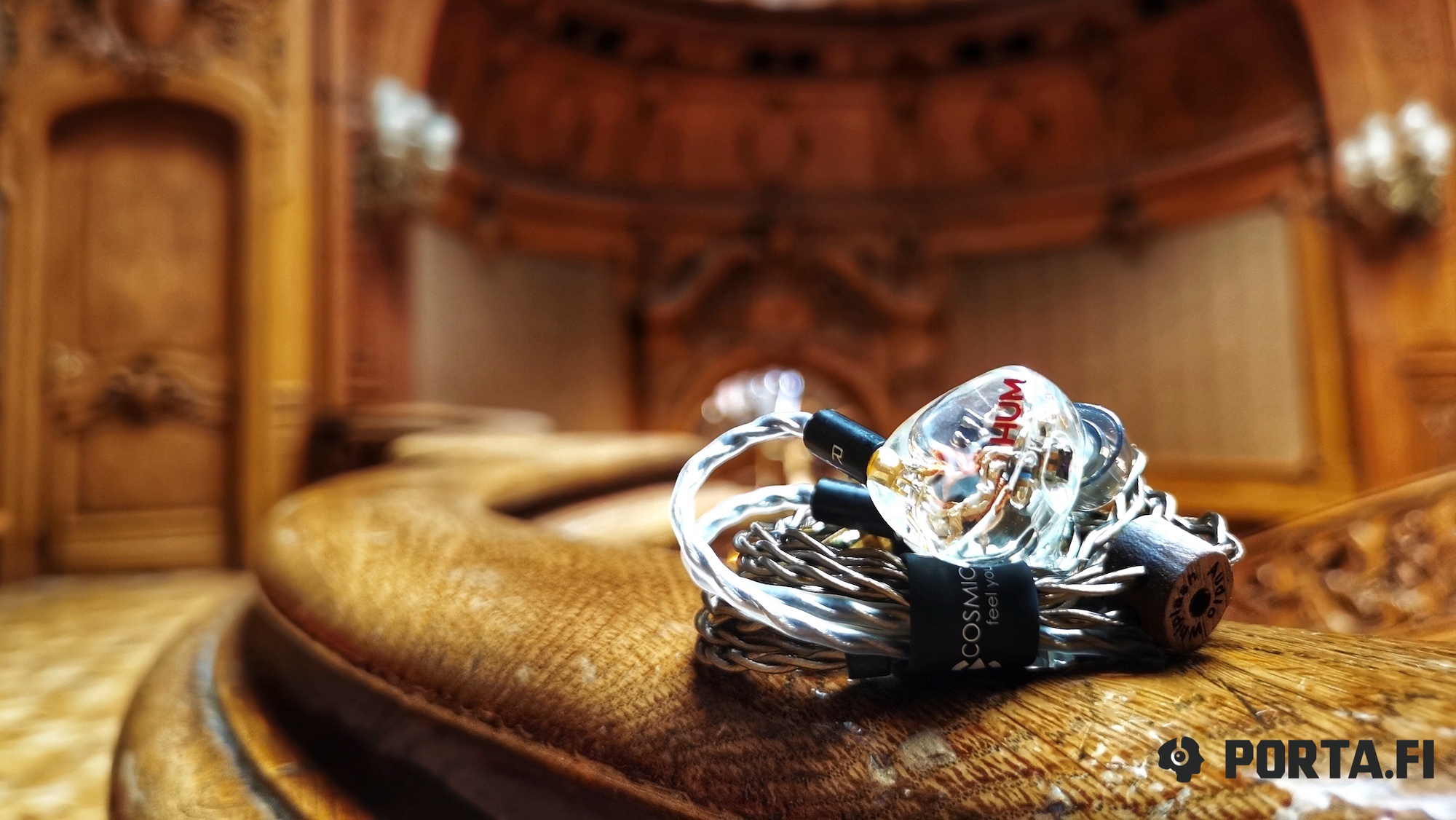
Design and comfort
The IEMs are not too large, are average of size and closer to smaller variants. And it’s not even a popular universal version of custom IEMs. And even if it is, it’s too universal, since it almost doesn’t remind customs.
The body from the faceplate side is almost drop-like. There is a slight projection on the wider side with connector on it. From the inner part there is a nozzle that is projected forward. It’s made of the same transparent acrylic as the rest of the body. There are two projections on the top of the nozzle. The transparent shell gives a clear information that the transducers are situated on the equal distance from the output. Each transducer is absolutely straight, although not parallel to others. This means there will be no changes to sound inside the shell.
The downside of this is that the nozzle has a slightly cone shape. It also has no projection to hold the ear tip in place and some tips have no chance to stay fixed.
I have experienced different results depending on the tips. Azla have been one fo the best, as older ones with stiff and wide inner part, so the new and more well-known Xelastec. The latter have also provided good sound isolation and sound. This astonished me, since I haven’t had too much successful pairings with them.
There is no peculiar indication about the model on the body apart from the faceplates that have large company name in red color. There is no usual serial number, model or channel information. It’s actually clear and everything can be seen through the transparent shell.
It does not dim over the time and is still absolutely clear after 1 year of use. The quality is perfect, no bubbles or dimming.
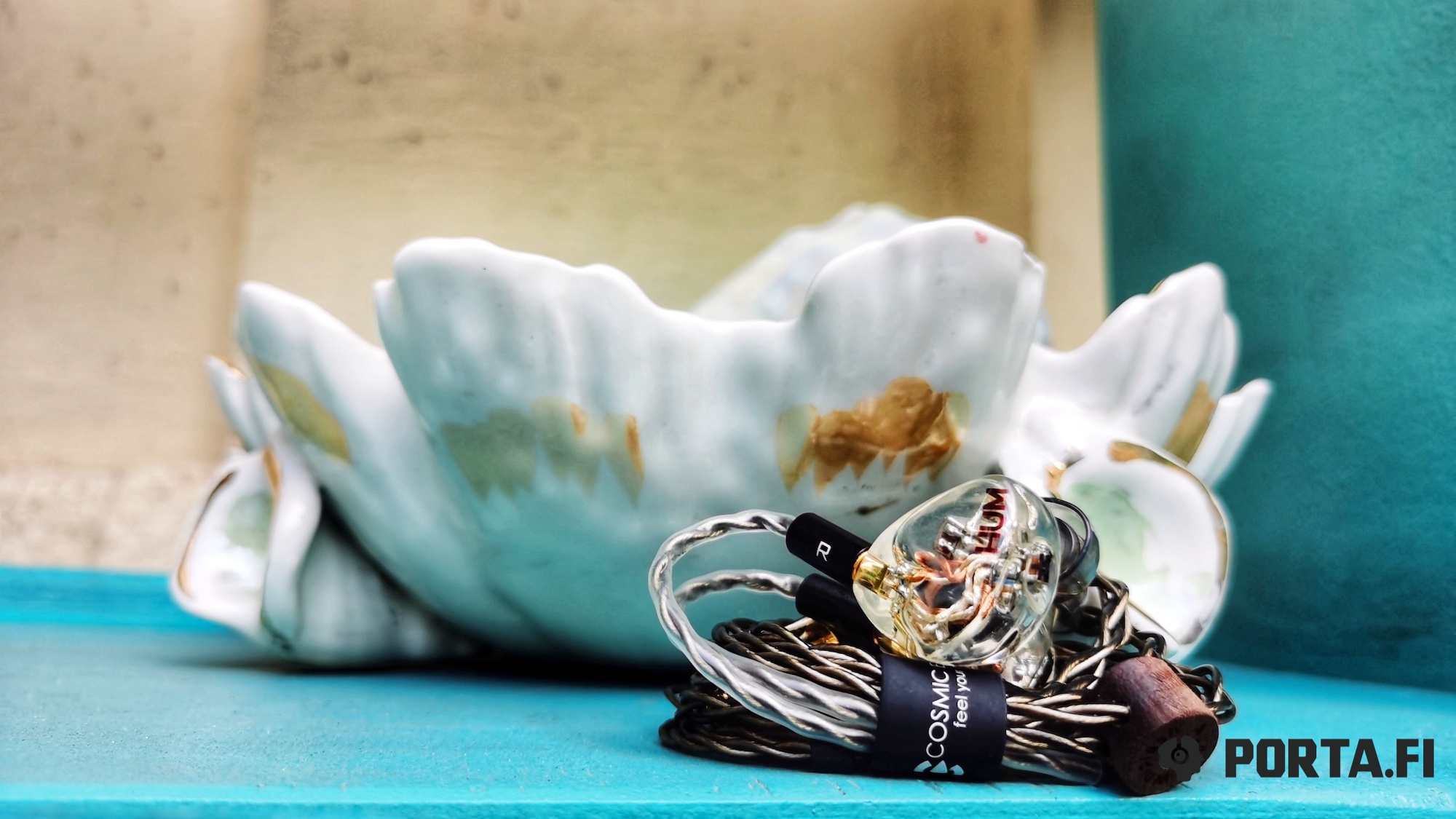
One downside of transparent shell is that you of course see the glue that holds components in place. But there is no way to avoid it.
It, however, is interesting to look at them, especially given that they have a special crossover with probably inductor coil. It seems like it takes the most place inside (or something that looks like it).
And. like with tube amps, the manufacturer advises to wait for 5-7 minutes until all components burn in properly.
The inner connections are made using thick copper and silver mult-core litz cables and the transparence adds to wow effect of the overall presentation. This is like a cook chief who shows everything and says — you know what to do and here are your ingredients. Can you cook better?
I’ve met quite the same approach in their FAQ, where they posted their booklet, that explained why they don’t try to exaggerate the price. The explanation was that the brand does not try to sell marketing bullshit. Their best model costs this amount.
And it makes a lot of sense in the world where the price is determined mainly by marketing. There are 3 transducers inside, one separate and one double. It is more clear in English — 2 units, 3 drivers.
I have contacted the company about this and they have answered that such minimalistic approach also shows the company longing towards more precise and natural sound. The booklet also states that the brand has been among the first to try multi-driver scheme and it has not provided needed results. Lower amount of drivers allow for more precise instrument positioning, better sizing and character. At the same time, multi-driver IEMs, having their own strengths, wash out sound impressions. Well, the brands that have 10 or 16 driver IEMs in their portfolio might argue, but it is the brand opinion. The opinion is supported by the fact that their offerings have high sound quality, so again, the technology comes second. The sound is the first.

The fit is rather comfortable, regardless of used tips. The headphones are not very small, but average. Sound isolation is average but depends on used tips.
Due to their size, ergonomic shape, HUM Dolores fit the ear well. The shape is quite simple, no pressure anywhere, so there is almost no fatigue during long listening sessions. There is some influence of cable. As always, the changes are not dramatic, but noticeable. I liked the sound a lot with Whiplash Cable Dynamics TwGF20, as well as cables from Dita, Linum, Double Helix and Effect Audio.
Sound
As I have said, the manufacturer recommends to allow 5-7 minutes for burn-in. Of course you may think its cheating, since 5 minutes is enough to get used to the sound, so the emotions calm down and the listening session becomes less critical and most emotional. It’s the first idea that has come to my mind.
On the other hand, you don’t have to listen to IEMs during the burn in process. So, for experiment purposes, I have compared ‘cold’ and ‘hot’ headphones. I don’t know how consistent this comparison is, since it is not a proper blind test. Anyway, I have found out that I hear difference, but a slight one.
The main difference is that burned it headphones sound more warm, more controlled, whole and analogue-like. In cold state the highs may be a little bit harsh. Bass, on the other hand, becomes not only dry, but slightly light-weighted and thin.
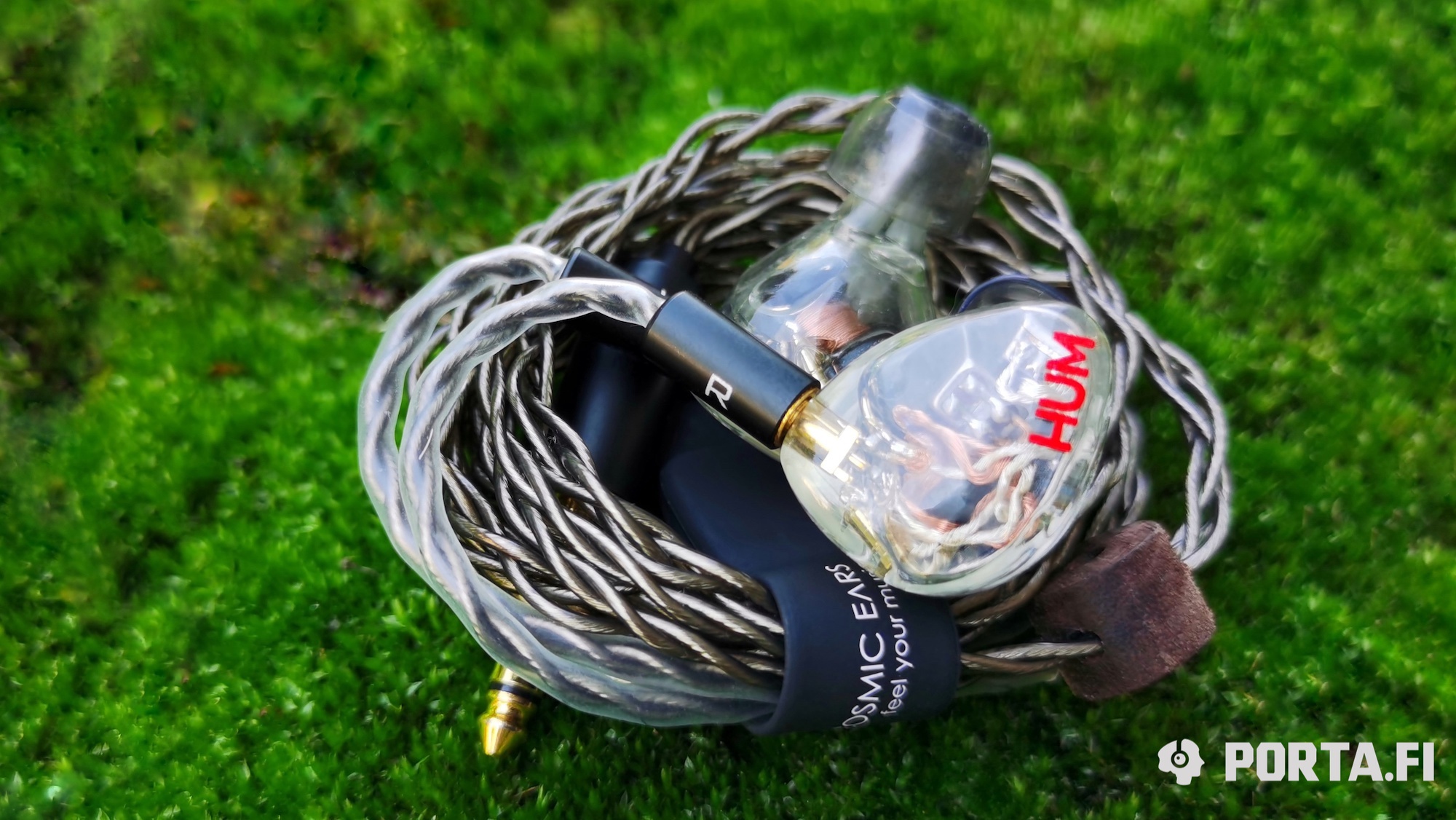
Burn-in brings everything to place. It’s even more interesting to use Xelastec in that regard, since while the headphones burn in, the tips become softer and provide better seal and comfort. Everything to enjoy the recording.
After the burn-in the bass gets enough weight and distinctiveness while keeping better thickness and precision. There is also better coherence. I can’t say opposite for the situation without burn in, but burned-in headphones do not reveal their multi-driver setup in any way, apart from showing it through the transparent shell.
Highs get more body and naturalness, without sacrificing speed.
Overall sound tuning is closer to reference. And yes, this is a seldom case when top model is reference. Of course there are slight deviations, but it is the case when the model can really be called reference. The frequency response is flat and the sound is detailed, technical and analytical. This means you will hear every problem there is in the recording, but not to the extent when there is a surgical preparation of the recording. If it’s whole enough and has needed macro details and musicality, it will sound properly. It’s in fact a great example when the reference (being true reference) may not be dull.
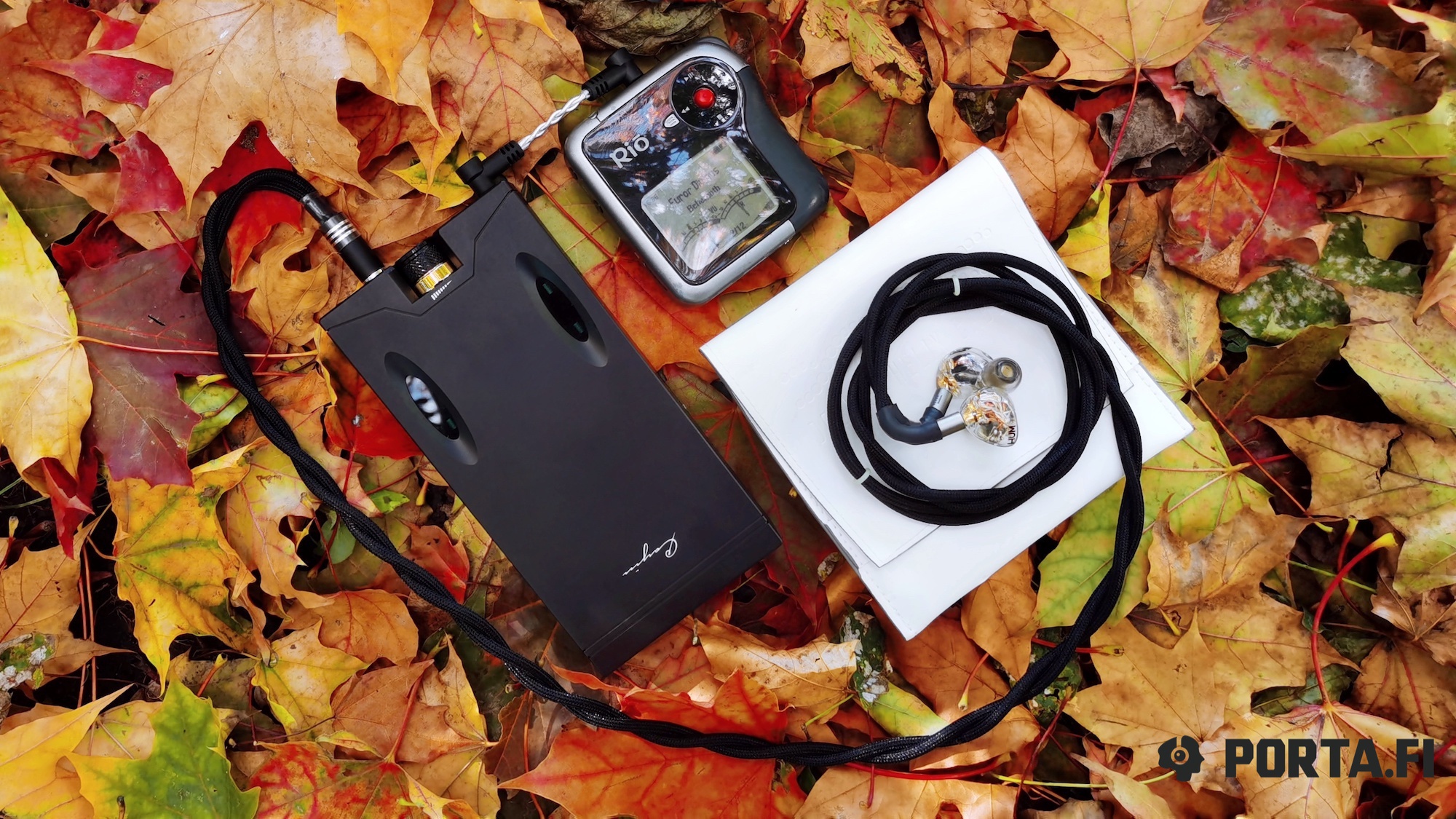
Bass has a flat manner. When you compare it to models that even slightly emphasize lows, it may seem lacking. In terms of absolute this is what is called non-accentuated lows. Not lacking, not accentuated.
There are no questions to quality. Lows are linear, but using tips you may get more warm and bassy presentation, though the change won’t be dramatic.
I should note precision and control on the whole length of lows. Bass has good thickness and correct weight. It also keeps balance of details and weight without giving preference to any characteristic, but rather combining them. This means that while bass provides honest sound it does not lack weight. Emotions are transmitted well and there is enough coherence.
What does it give us? Great transparence and articulation of this frequency range, especially given non-dull presentation. Rhythm section sounds great — precise, full of details, technical, the peculiarities of instruments are preserved.
For example, the fretless bass and other not so avant-garde but not frequent moments in music are transmitted very well.
As a result the midbass becomes slightly more evident and the deepest bass less evident, but those are recording peculiarities. There are not so many instruments that require immense depth and most of them are electronic. At the same time, weight and good positioning are there when they are required, so there are no problems with that.
Overall its again still more about precision and honesty.
Mids
As with lows, the emotions are transmitted in the way they are present in the recording. This becomes possible due to the great combination of micro and macro details.
HUM Dolores presentation has enough coherence. It is organically comprised of smaller details. The overall character and peculiarities are very well heard though. And still, if it not a solo party, the nuances do not stand out from the music canvas but stay its clear and organic part.
As a result we have very organic, transparent, clear and natural presentation without emphasizing or to add something here and there, but with good and correct depth, warmness and thickness, however without trying to make all of this emphasized.
This means that good recordings sound really good. These IEMs give good idea why many vocalists are so honored and legendary. Deep velvet voice or mastery of the instrument are transmitted very well, as well as high-pitched voice. They, however, don’t have accent on vocals, no preference between male and female vocals — both sound distinctive and emotional, just as the recording demands.
At the same time the IEMs do not try to add anything from themselves. They are attentive to the composition and provide it as is.
Of course most of emotions are transmitted by this part of frequency range, but still it does not stand out from calm highs and lows. Everything is coherent and organic. The vocalist has the same right as all other band members and he benefits only from mastering that has slight accent on mids. If this part has enough drive, everything sounds correspondent.
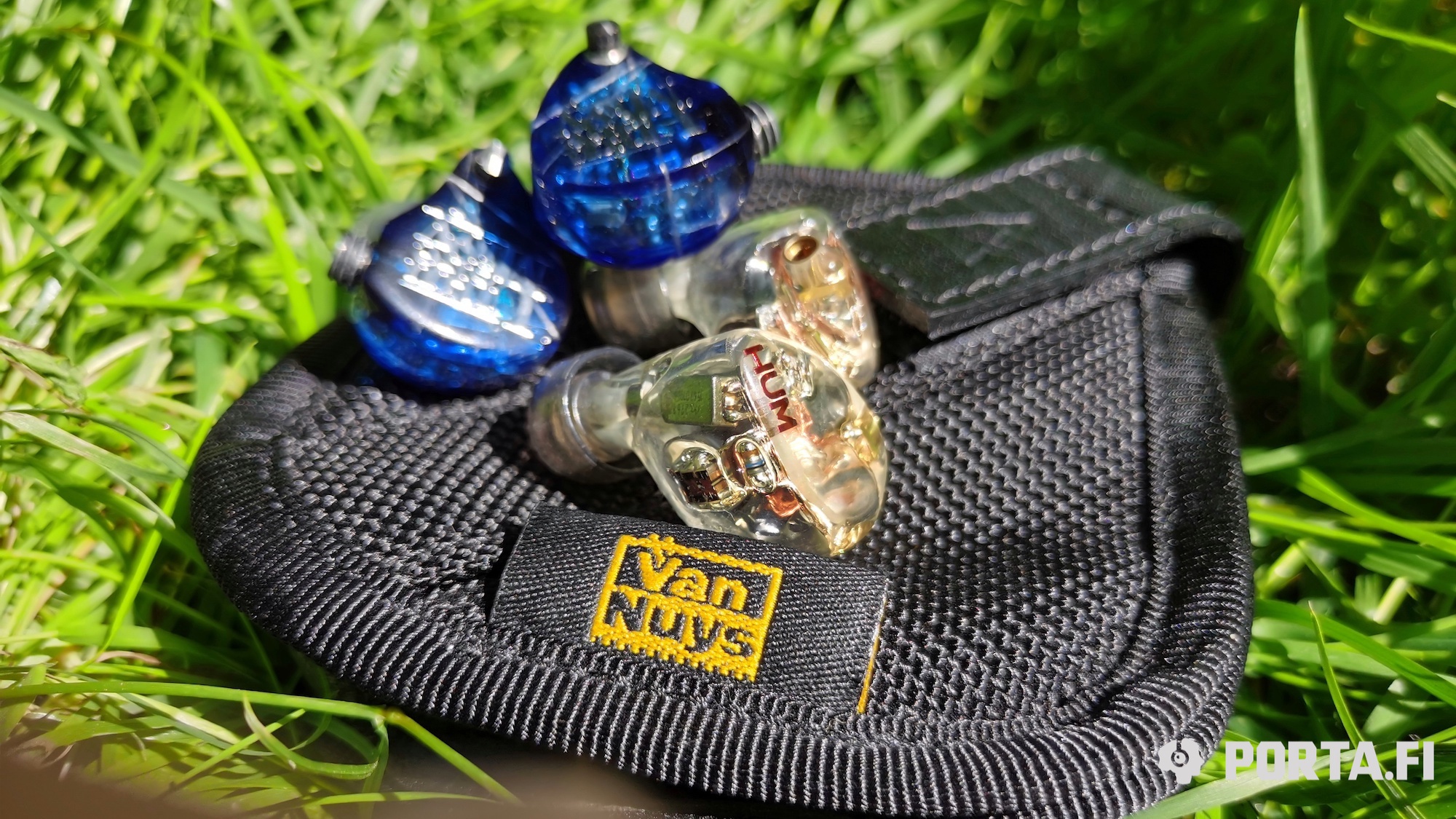
Highs
Here we still see the focus on reference presentation. Highs are not smoothed to be more comfortable and are not accentuated to add any aggression. So yes, they may sound a little bit piercing when compared to smooth highs of certain IEMs, but in reality there are merely no accents.
Many things here depend on tips. Some of people I know thought the model to be even a little bit dark.
This means you should pay attention to tip rolling. I have had the best experience with the ones that don’t have narrow nozzle, but leave its diameter intact.
As for the rest — the same honest presentation. There are no attempts to narrow dynamic range to sound more interesting and detailed. No, the IEMs play everything as is. They do not try to bring backward details up front, but provide them with necessary room in place.
Of course the level of details is very good, which means that Dolores transmit recording peculiarities well. They show practically everything from evident things to slightly perceived backward details that may not be heard on other models due to lack of level of details. It’s good ability and you can easily here barely noticeable start of some instrument in multi-layered composition, and when it becomes more evident, it doesn’t come as a surprise.
Of course the highs of Dolores are quick and precise. There are no problems with quick attacks and you can easily hear both separate instruments and whole attack.
Decays do not suffer as well and you really can’t blame the model. It transmits decays very well showing their character, length and intensity. Of course there are no problems with separation and quality. So if there are IEMs that transmit highs with good layers, it’s Dolores.
Soundstage
First of all, the dynamic range is great and allows to build holographic and precise soundstage with high level of precision. It’s above average in width and depth and there is always enough air for detailed instrument sound transmission that will be properly articulated. On the other hand there is no sense of empty field. There is enough room for instruments but they are not lost.
Reference presentation also influences the shapes and images of instruments. They keep their individual qualities and character, as well as shape. But at the same time their images are true, not overemphasized or condensed.
As a result we have detailed and organic sound with enough space but at the same time needed coherence and communication. There is no emphasize on anything and no shrinking. Correct images of the instruments allow not to turn chamber recordings into stadium ones, keeping precise positions of the instruments.
So, the connection of rhythm-section or attacks on the upper frequency range, breakdowns and other moments are transmitted coherently and powerfully with needed weight.
Apart from that, separation plays vital part. The soloing party sounds distinctive for most, as well as detailed and convincing, separately and in connection to other things in composition.
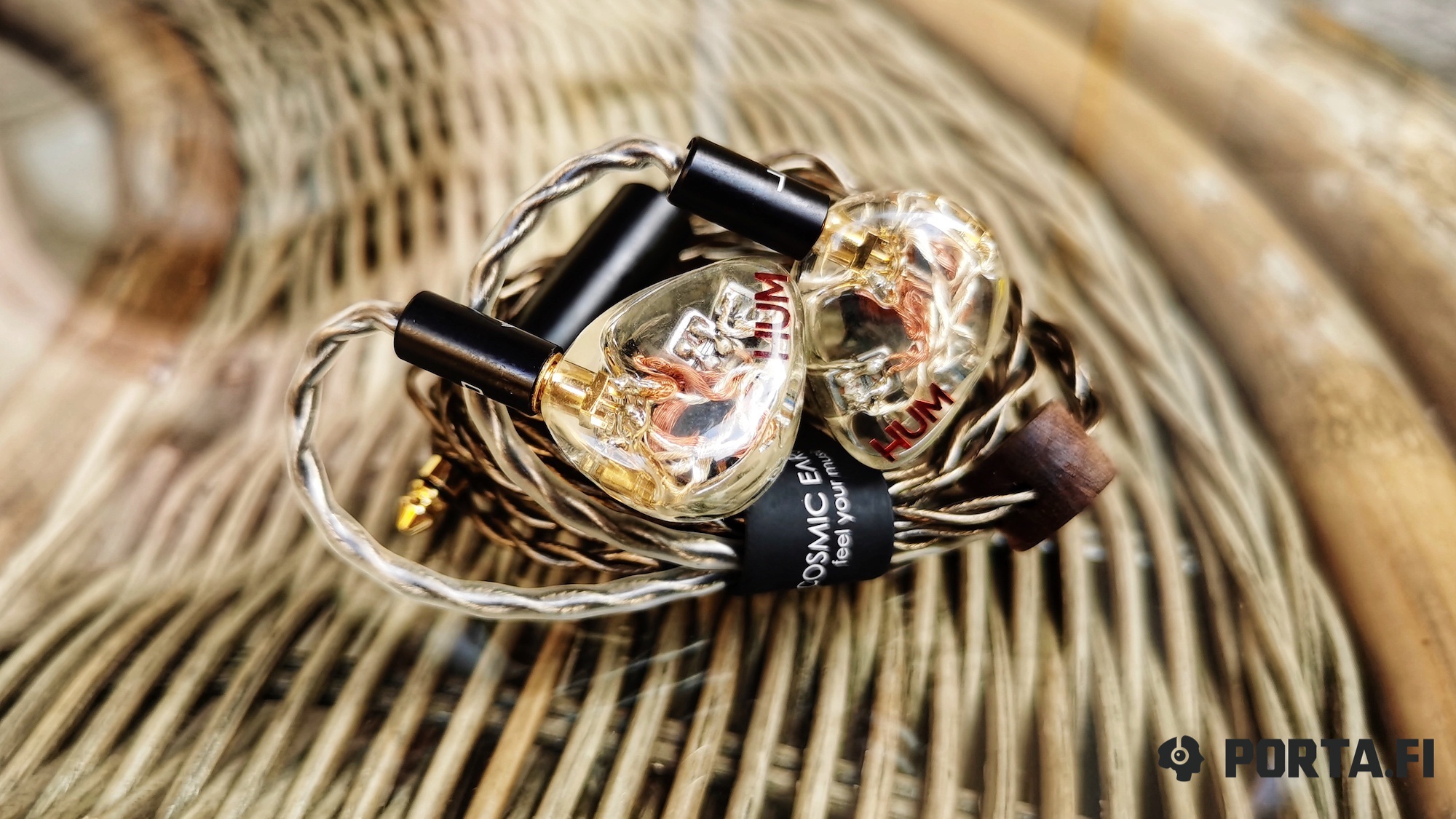
Criticalness to recording quality
Here we have the score above average. Not adding anything from themselves, the IEMs do not try to hide anything at the same time. This does not mean they are too picky. For example, I have a media library that sports many live concerts and demo recordings apart from studio and audiophile recordings and I can say that Dolores shine on all of them. There have been very seldom cases when I had to switch tracks because of low recording quality.
Conclusions
As you can see from the review, it’s hard to advise this model to everyone, since it is rather specific. Evaluate it if you have a chance and get it if you really want reference tuning, the IEMs that do not add anything from themselves. As for the source, the best combination is with players of middle and start of the top segment. Try to find something that suits your taste and at the same time has enough control on highs. Otherwise the result may be not optimal. For those who love reference sound this is must have. At least, you should get acquainted with it.
Translated by: Vadim Kolchev

